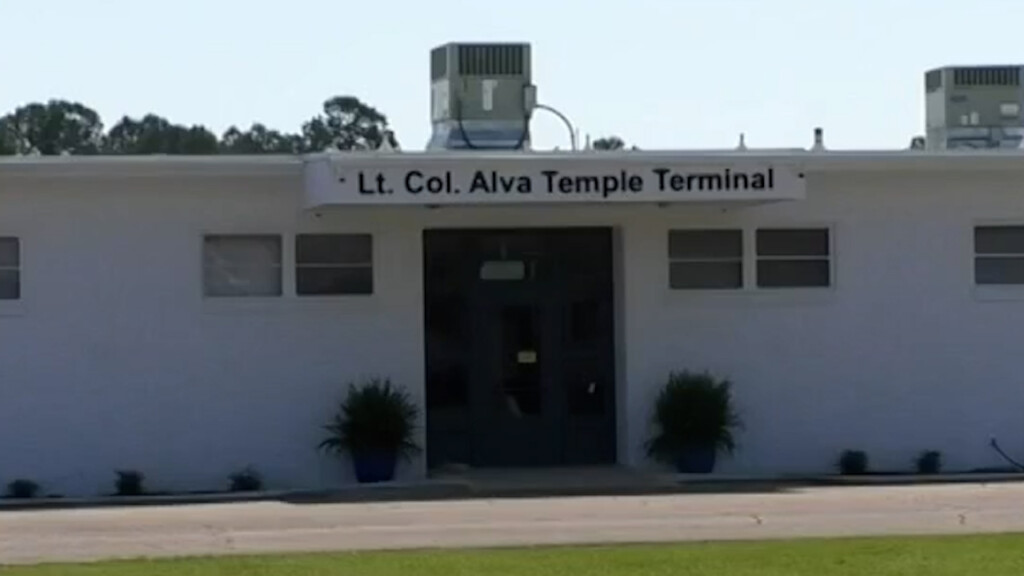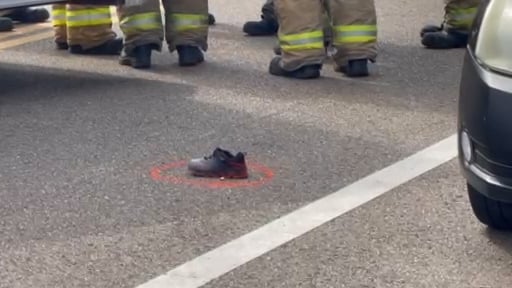NASA starts spacewalks to replace station batteries
Astronauts Christina Koch and Drew Morgan floated outside the International Space Station’s Quest airlock Sunday for the first of five planned spacewalks to replace aging batteries on the far left end of the lab’s solar power truss. The work will help extend the lab’s life through the 2020s.
Originally equipped with 48 nickel-hydrogen batteries — 12 for each of the station’s four huge solar wings — NASA is in the process of replacing them with 24 more powerful lithium-ion power packs. Two sets of six were installed in 2017 and 2018 and the third set is being installed this month.
Along with today’s spacewalk, or EVA, Koch and Morgan plan a second excursion Friday that will be followed by a third outing October 16 by Morgan and Jessica Meir. If all goes well, Meir and Koch then will venture back outside on October 21 for the first all-female spacewalk while Meir and Luca Parmitano carry out a fifth and final EVA on October 25.
Koch and Morgan, each making their second spacewalk overall, switched their suits to battery power at 7:39 a.m. EDT to officially kick off the 219th EVA devoted to station construction and maintenance since assembly began in 1998.
Trending News
For identification, Koch, call sign EV-1, is wearing a suit with red stripes and is using helmet camera No. 11 while Morgan, EV2, is wearing an unmarked suit and using helmetcam 18.
The new batteries were launched to the station in September aboard a Japanese HTV cargo ship. They are being installed on the left-most segment of the station’s solar power truss, known as the port 6 segment, or P6 for short.
The P6 integrated electronics assembly features 12 battery slots. The new batteries will be installed in six of those slots while adapter plates will be wired into the open positions to complete the original circuits.
“So in place of two of the nickel-hydrogen batteries we now put in one lithium-ion battery,” said Keith Johnson, a spacewalk flight controller. “But you have to complete the circuit. So the batteries that we’ve taken out, we put in a new lithium-ion battery and we’ll replace the other one with an adapter plate, and we hook the wiring up between the two.”
The station’s power truss stretches the length of a football field and the P6 integrated electronics assembly, where the new batteries are being installed, is beyond the direct reach of the station’s robot arm.
As a result, the installation work is being spread out over five spacewalks because the batteries have to be manually moved to and from a pallet on the end of the arm to the work site.
“The arm’s pretty stretched out there, and it holds the pallet,” said Johnson. “The crew members set up, put restraints out on the P6 truss, and also closer in where they palette is, and they’ll shuttle the batteries back and forth.
“The choreography that the crew members have back and forth is very important because they’re going to be moving a (new battery) that’s about 428 pounds and taking it off of the pallet and moving it out to the integrated equipment assembly. And then they’ll take off an old battery, which weighs about 365 pounds, and bring that back again.”
The process is known as “inchworming.”
“It’s kind of interesting going back and forth, and it takes about an EVA to do a pair of batteries,” Johnson said. “And so that’s why you’ll see us doing this over a stream of five days. We get some done … and then we come out the next EVA and pick up where we left off.”





Leave a Reply